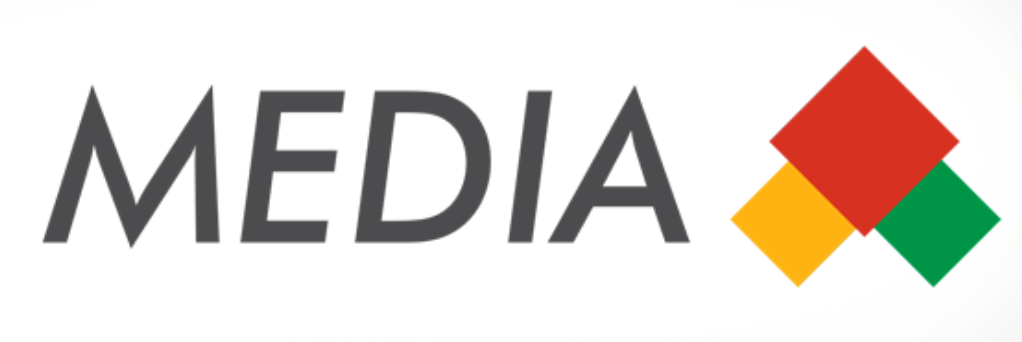Norway’s Bedriftshelsetjeneste (BHT) — Occupational Health Services for Companies and Workers — has taken on an expanded role in the country’s Helse, Miljø og Sikkerhet (HMS) framework (internationally comparable to HSE — Health, Safety and Environment). Since 2023, new regulations place stronger emphasis on preventive measures and increase oversight by the Labour Inspection Authority — ARBEIDSTILSYNET.
What BHT is and what it does
BHT provides advisory and preventive services to employers. Its mandate is prevention, not treatment: risk assessments, workplace inspections, ergonomics and first-aid training, guidance on psychosocial and organizational factors, and documentation support. The aim is to reduce accidents, curb sick leave, and foster safer, more productive workplaces.
Read Also: BUSINESS NORWAY: THE DIGITAL BUSINESS CARD OF A GREEN ECONOMY AIMING TO ATTRACT INVESTORS
Authorities have long criticized providers for overselling General Health Checks with limited impact on working conditions. The revised rules sharpen BHT’s mandate toward systematic risk management and measurable preventive action.
Key changes since 2023
Prevention first: BHT must target sectors with documented workplace risks.
Six-year sector review: Authorities reassess which industries are legally required to use BHT every six years.
Stricter provider requirements: All BHT staff must complete STAMI training; Arbeidstilsynet may audit whether services meet legal standards.
Possible exemptions: Firms may apply for exemption if they document robust internal systems for managing risk.
Read Also: BUSINESS IN NORWAY | ASSESS YOUR CHANGING INSURANCE NEEDS
Increased inspections
ARBEIDSTILSYNET — has stepped up checks on employers’ use of BHT. Companies must show that:
Risk assessments (physical and psychosocial) are conducted regularly;
Action plans specify concrete improvement measures;
A written agreement with a BHT provider defines services;
An annual BHT report documents completed tasks.
Non-compliance may trigger fines or enforcement measures.
Flexibility and cost-sharing
Small Businesses facing similar risks may sign joint BHT Agreements to reduce costs. Employers can also switch providers, subject to any contract lock-in. Experts advise tailoring contracts to actual workplace risks rather than generic service bundles.
Read Also: 5 TIPS FOR FINDING THE BEST CAR INSURANCE IN NORWAY
Takeaway for employers
Government guidance is clear: treat BHT as a Strategic Risk-Management Tool, not a box-ticking exercise. Firms that ignore obligations face penalties and reputational damage; those that use BHT effectively typically see lower absence, fewer incidents, and higher productivity.




